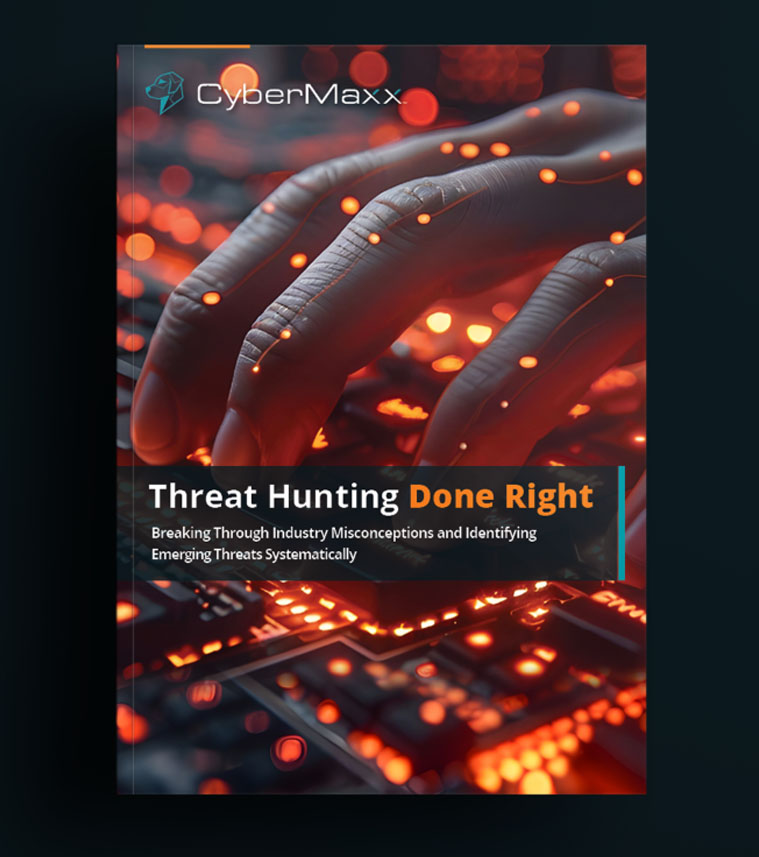Meet the Author

Jeremy Wiedner
Principal Analyst
Jeremy has over 10 years in the cybersecurity industry and has excelled in both technical and leadership roles. He has mentored, trained, and led both local and remote teams. He leverages his investigative skills honed over his years in law enforcement in his role as a Security Operations Center Analyst. He is a technical leader who can fill in for his team members both in Security Analyst and Threat Hunting capacities when needed. Throughout his various roles, he has gained knowledge of adversary Tactics, Techniques & Procedures (TTP’s) as well as how to use them to protect clients. He is currently taking a course on “Hunting Adversary Infrastructure” to help stay current on the latest adversary TTP’s.
Jeremy applies his knowledge of adversary TTP’s as well as the skills gained through his three SANS certifications to protect his assigned clients. Jeremy also applies his skills and knowledge to train and upskill the other threat hunters.

